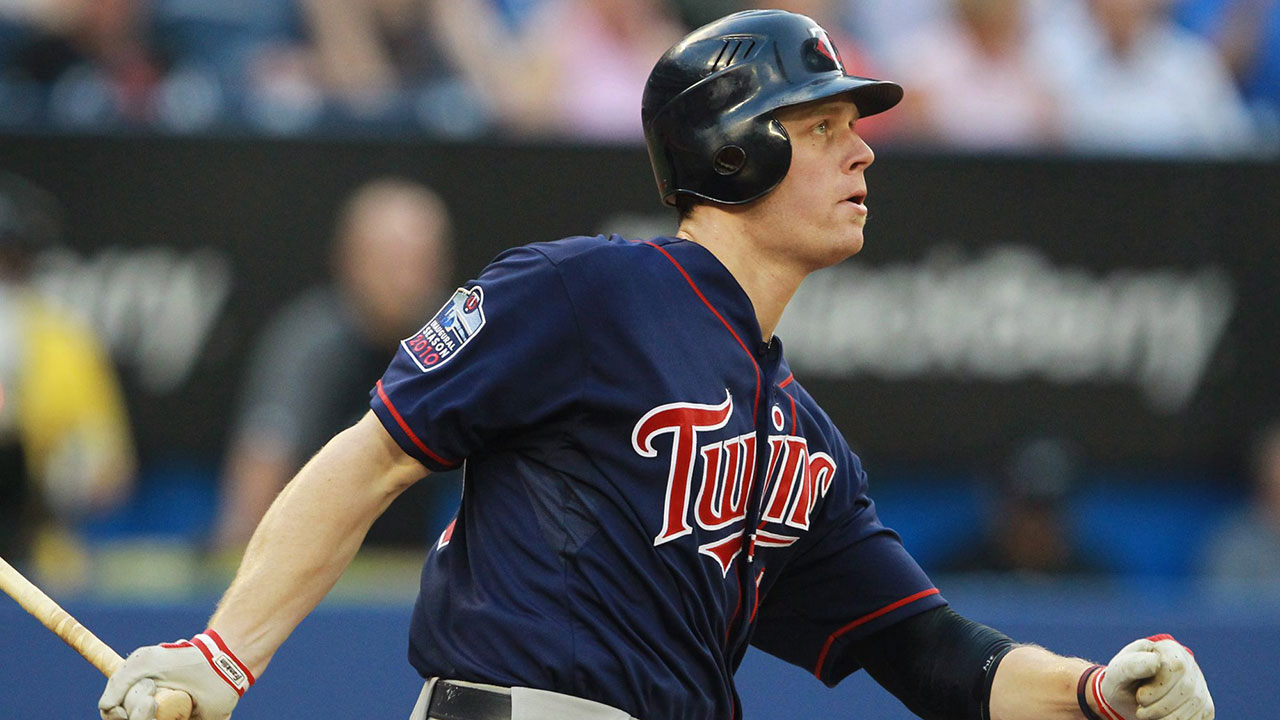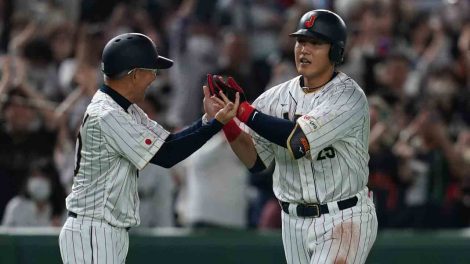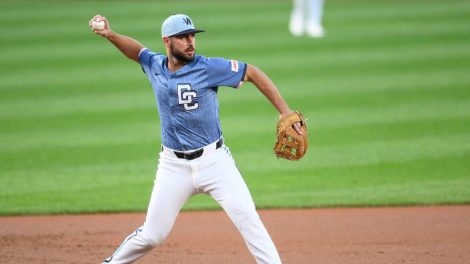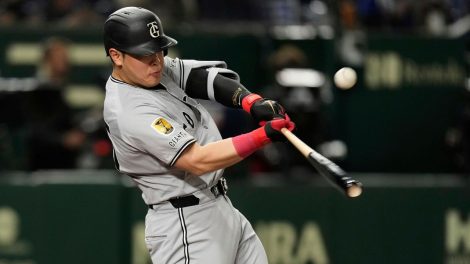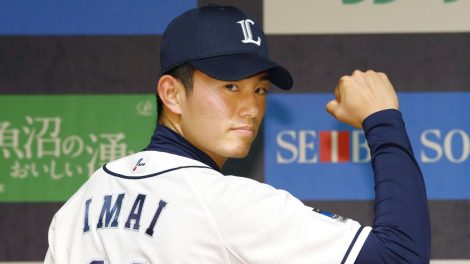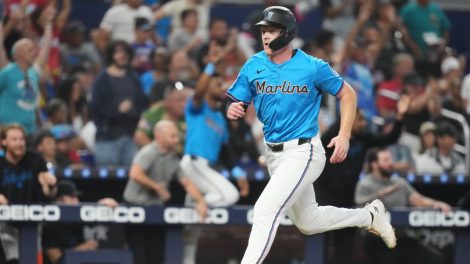TORONTO – Justin Morneau, the hard-hitting first baseman from New Westminster, B.C., who became the second Canadian to ever win the MVP award in the majors, headlines the Class of 2020 named by the Canadian Baseball Hall of Fame on Tuesday.
Joining him for the June 20 induction in St. Marys, Ont., will be dominant reliever Duane Ward, his Toronto Blue Jays teammate, sweet-swinging first baseman John Olerud, and veteran French-language broadcaster Jacques Doucet.
Morneau’s selection comes in the same year that Larry Walker, the Colorado Rockies superstar who went from idol to mentor, was elected into the National Baseball Hall of Fame and Museum in Cooperstown, N.Y., a fitting bit of symmetry given their relationship.
“When I heard the news that I would be enshrined in the Canadian Baseball Hall of Fame I was honoured,” said Morneau in a statement. “When I learned of fellow inductees, John Olerud, Duane Ward and Jacques Doucet, I was at a loss for words. To think that I would be joining these distinguished members that had such a lasting impact on baseball in Canada is truly humbling. I am looking forward to being in St. Marys this summer to celebrate with my fellow inductees in person. Thank you to the voters and the Hall for this incredible honour, and all that the Hall does for the game of baseball in Canada.”
In many ways, Morneau assumed the role of leading Canadian in the majors as Walker’s career was coming to an end and his was getting started. A brilliant 2006 season, in which he batted .321/.375/.559 and drove in 130 runs, established him as one of the game’s top hitters, and his role in carrying the Minnesota Twins to an AL Central title earned him MVP honours.
To that point, Walker was the only other Canadian to win MVP in the majors. Joey Votto, this generation’s other dominant Canuck hitter, became the third in 2010.
Morneau might have made it Canadian MVPs in both leagues that year if not for a season-ending concussion he suffered while playing against the Blue Jays, taking a knee to the head from John McDonald while sliding to break up a double play.
Through 81 games at that point, Morneau was batting .345/.437/.618 with 18 homers and 56 RBIs, on pace to establish a number of career bests. But he didn’t play again in 2010 after that fateful July 7 game in Toronto, and it wasn’t until 2014 with the Rockies, when he hit .319 to win the National League batting title, that he began to resemble his former self.
By then, however, his body had been through a slate of other injuries beyond the concussion woes, curtailing what surely would have been an even more productive peak.
[relatedlinks]
Injuries also shortened Ward’s remarkably dominant career, as he made only four appearances after establishing a Blue Jays single-season record with 45 saves and locking down games as the club won a second consecutive World Series in 1993.
Ward logged five consecutive seasons of 100-plus innings out of the bullpen from 1988-92 as the primary set-up man for Tom Henke before taking over as the closer in 1993, when he logged 71.2 frames.
His durability, dominant fastball and filthy slider would have had today’s executives and managers salivating at the thought of acquiring him. The Ward-Henke combination remains, in some ways, a model for how teams try to design their bullpens today.
All the miles caught up with Ward in 1994, when he didn’t pitch due to shoulder and biceps issues and his comeback attempt the next year didn’t work, leading him to retire.
Olerud, whose smooth left-handed stroke was a rare amalgam of art and science, enjoyed far more longevity in a highly under-appreciated 17-year career during which he batted .295/.398/.465, amassed 2,239 hits and walked 1,275 times against only 1,016 strikeouts. A gifted defender, he also won three Gold Gloves.
One of only eight players since 1979 to begin his career in the majors without first appearing in the minor-leagues, Olerud’s finest season came in 1993, when he carried a .400 batting average through Aug. 2 and eventually won the batting title at .363.
While his swing at the plate was immediately recognizable thanks to its rare fluidity, Olerud’s look was also distinctive because he wore a helmet while playing defence, a precaution because he had a brain aneurysm while in college.
Doucet began covering the Montreal Expos from the club’s inception in 1968 and did French language play-by-play on the radio for 33 seasons beginning in 1972. When the Expos moved to Washington, D.C., in 2004, Doucet continued to broadcast games in Quebec, this time for the Can-Am Leagues Quebec Capitales. In 2011, Ducet returned to the big leagues as a broadcaster for select Blue Jays games on TVA Sports, a role he still holds to this day.
